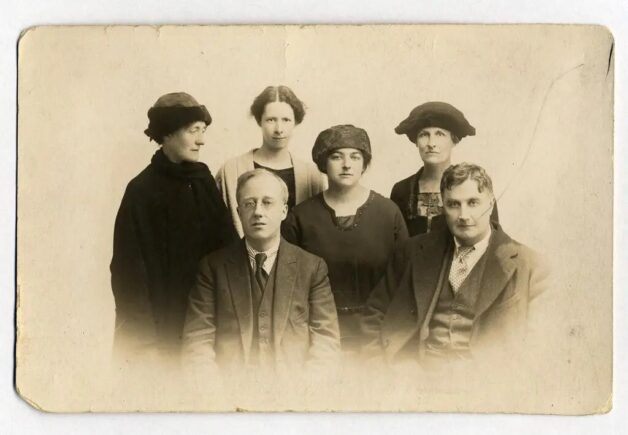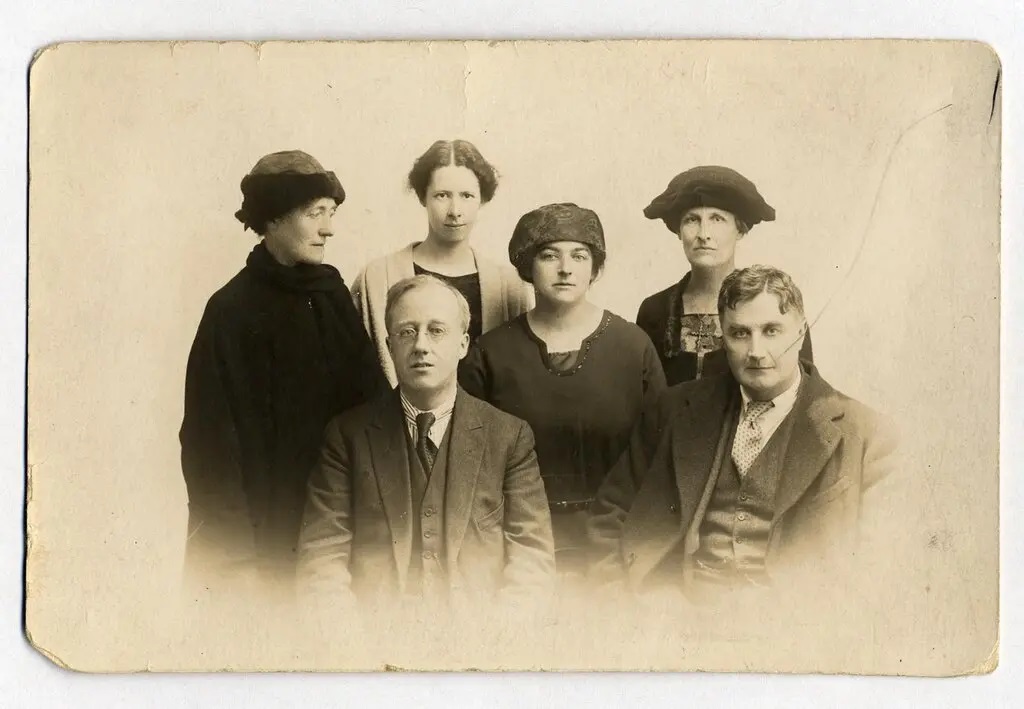Gustav Holst’s The Planets has been one of the most popular symphonies in the Classical canon for over a century now. Earlier this year, the New York Times ran a piece on it discussing some little known aspects of the work, primarily the degree of collaboration involved between Holst and a team of female musicians. Another interesting tidbit is that it was inspired by Holst’s interest in astrology! To wit:
‘It originally had the working title Seven Pieces for Large Orchestra, which the Holst biographer Michael Short links to Arnold Schoenberg’s color-driven Five Pieces for Orchestra. The planetary titles came later. But, as Lasker noted, they were derived not from mythology, but from astrology, which Holst had been introduced to in 1913, on a visit to the Spanish island of Mallorca, with the writer Clifford Bax and his composer brother, Arnold. Each movement describes a planet’s astrological character: “Mars” is the bringer of war; “Neptune,” the mystic; “Saturn,” the bringer of old age.’
Read the whole piece:
https://www.nytimes.com/2024/03/29/arts/music/holst-the-planets.html.
Meanwhile http://www.gustavholst.info/biography/index.php?chapter=7. notes:
“Gustav was not conventionally religious. He believed strongly in supra-human forces and besides dabbling in astrology, he was much influenced by Eastern religious theory – particularly the doctrines of Dharma and reincarnation.”


